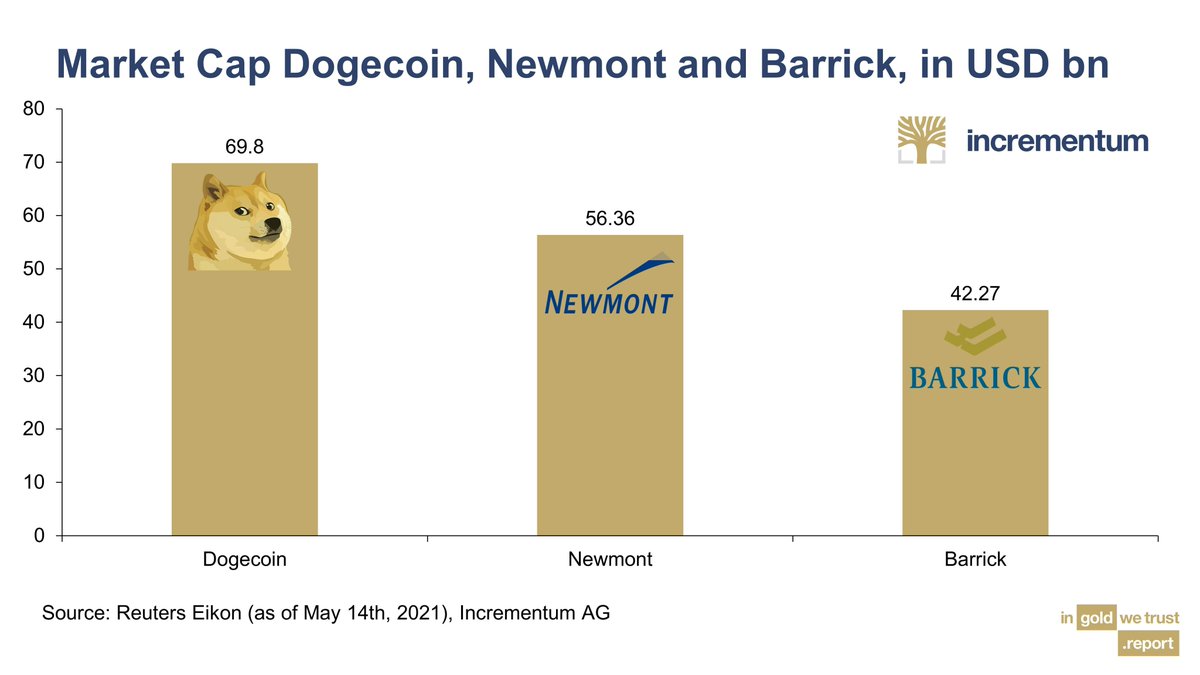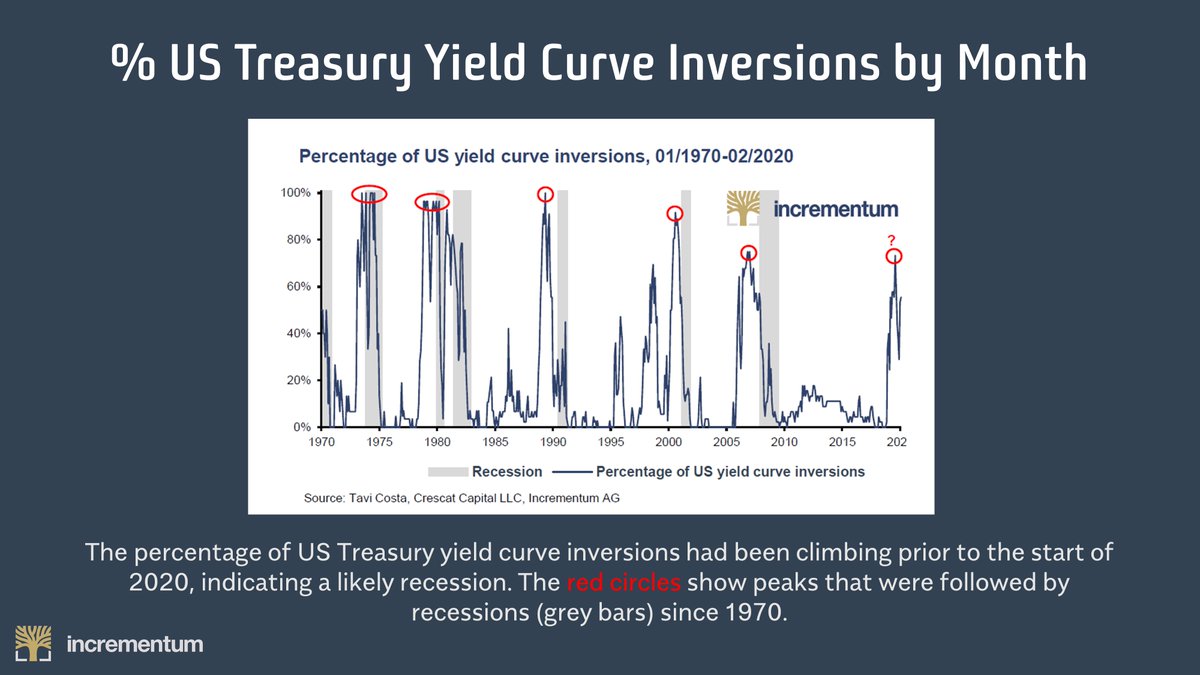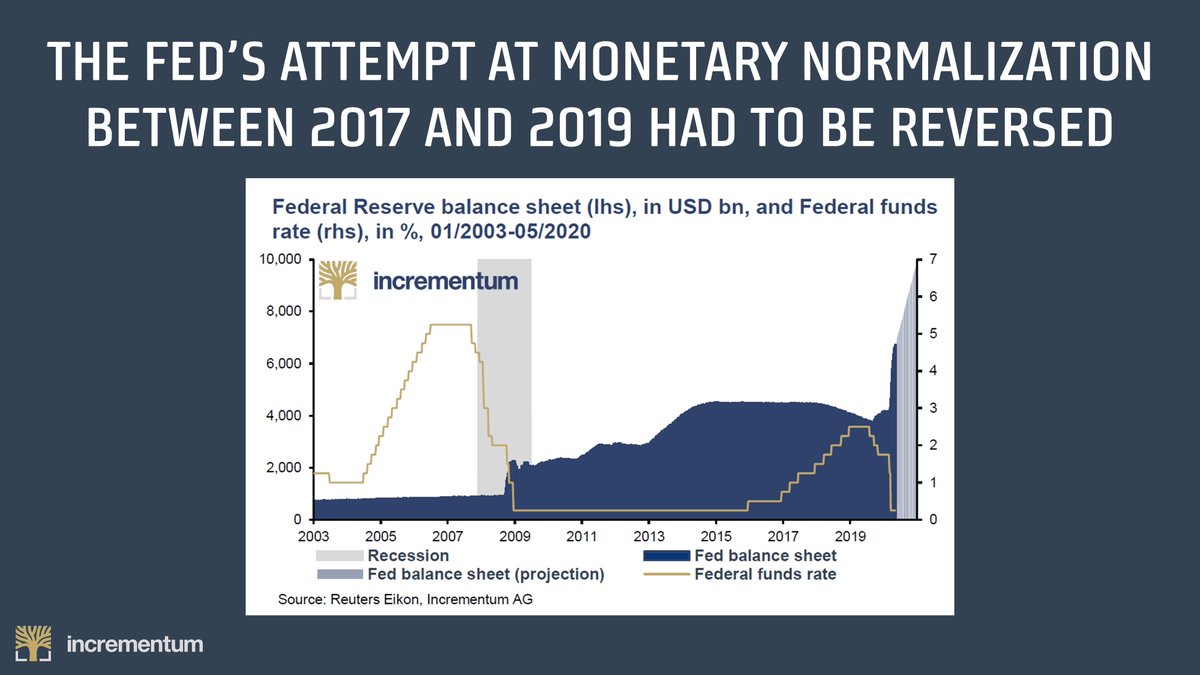
Demographic trends will have a profound effect on the global economy in the decade ahead.
We expect ageing of the world's population to put upward pressure on inflation.
Our new #IGWT21 report dedicates a chapter to this topic: bit.ly/3fpQEeT
Here's a brief summary👇
We expect ageing of the world's population to put upward pressure on inflation.
Our new #IGWT21 report dedicates a chapter to this topic: bit.ly/3fpQEeT
Here's a brief summary👇

1/ Since in the 1980s the world has experienced a “demographic dividend”.
A young population and growing workforce boosted growth and helped to keep inflation low.
But that dividend is now turning into a deficit as the global dependency ratio begins to rise again.
A young population and growing workforce boosted growth and helped to keep inflation low.
But that dividend is now turning into a deficit as the global dependency ratio begins to rise again.

2/ From 1991>2018, the opening-up of China and Eastern Europe effectively doubled the labor supply available to advanced economies.
The value of exported goods as a share of global GDP jumped by 70%.
The efficiencies brought about by intl trade helped to keep inflation low.
The value of exported goods as a share of global GDP jumped by 70%.
The efficiencies brought about by intl trade helped to keep inflation low.

3/ China's falling dependency ratio was particularly important. It buoyed productivity and allowed for export of cheap goods to the developed world.
Now, due to ageing, this ratio is rising again.
From 41 today, China’s dependency ratio will reach 50 by 2030, and 70 by 2050.
Now, due to ageing, this ratio is rising again.
From 41 today, China’s dependency ratio will reach 50 by 2030, and 70 by 2050.

4/ Western populations face huge demographic headwinds as well, which will lead to a steep rise in care-intensive diseases such as dementia.
According to UN projections, the number of over-80s globally is forecast to triple between now and 2050.
According to UN projections, the number of over-80s globally is forecast to triple between now and 2050.

5/ Why is ageing inflationary?
Workers tend to produce more than they consume – otherwise it wouldn't be profitable to employ them – while dependents such as children & the elderly tend to consume but not produce.
Our chapter references empircal studies that support the link.
Workers tend to produce more than they consume – otherwise it wouldn't be profitable to employ them – while dependents such as children & the elderly tend to consume but not produce.
Our chapter references empircal studies that support the link.

6/ Demographics will serve as an important, and widely overlooked, contributor to the ongoing shift toward higher inflation in the decade ahead.
Be sure to check out our chapter “Global Demographics Turn Inflationary” here: bit.ly/3fpQEeT
@MarkValek @RonStoeferle
Be sure to check out our chapter “Global Demographics Turn Inflationary” here: bit.ly/3fpQEeT
@MarkValek @RonStoeferle
• • •
Missing some Tweet in this thread? You can try to
force a refresh
















